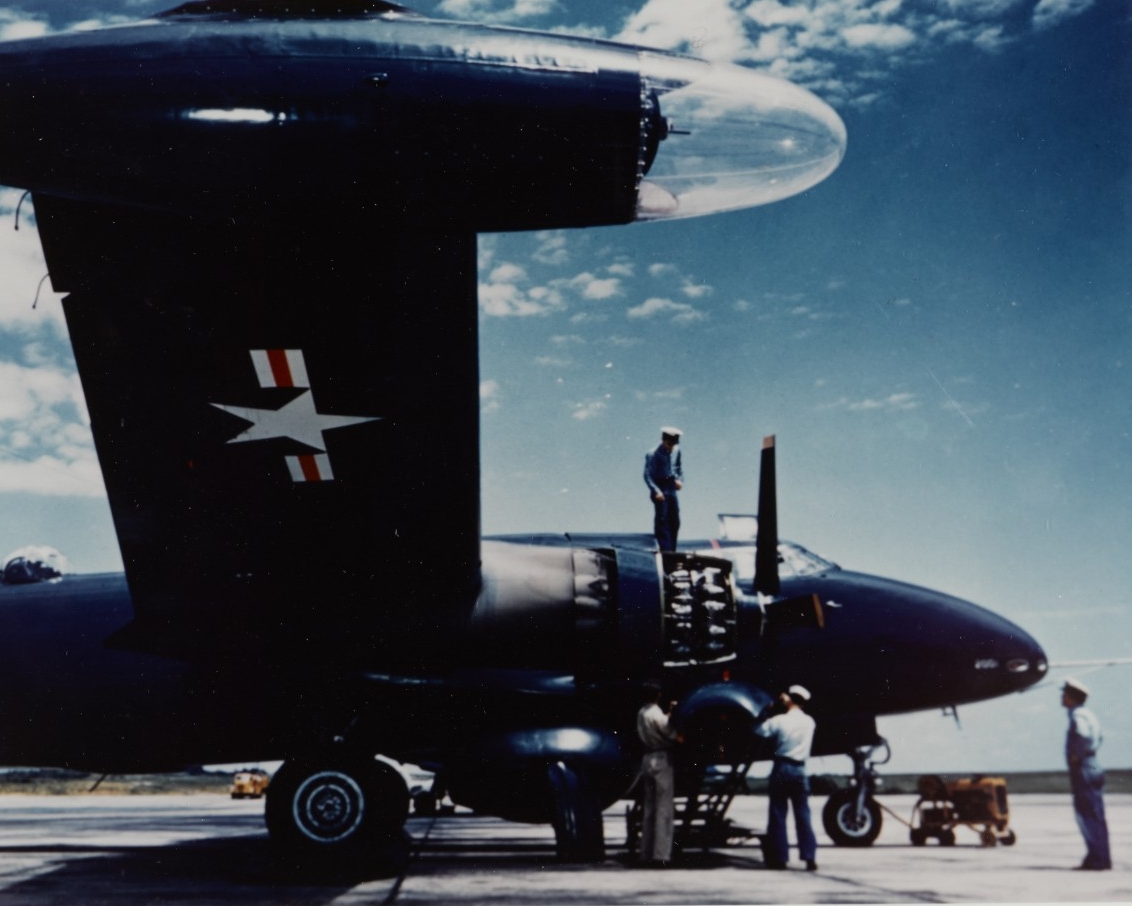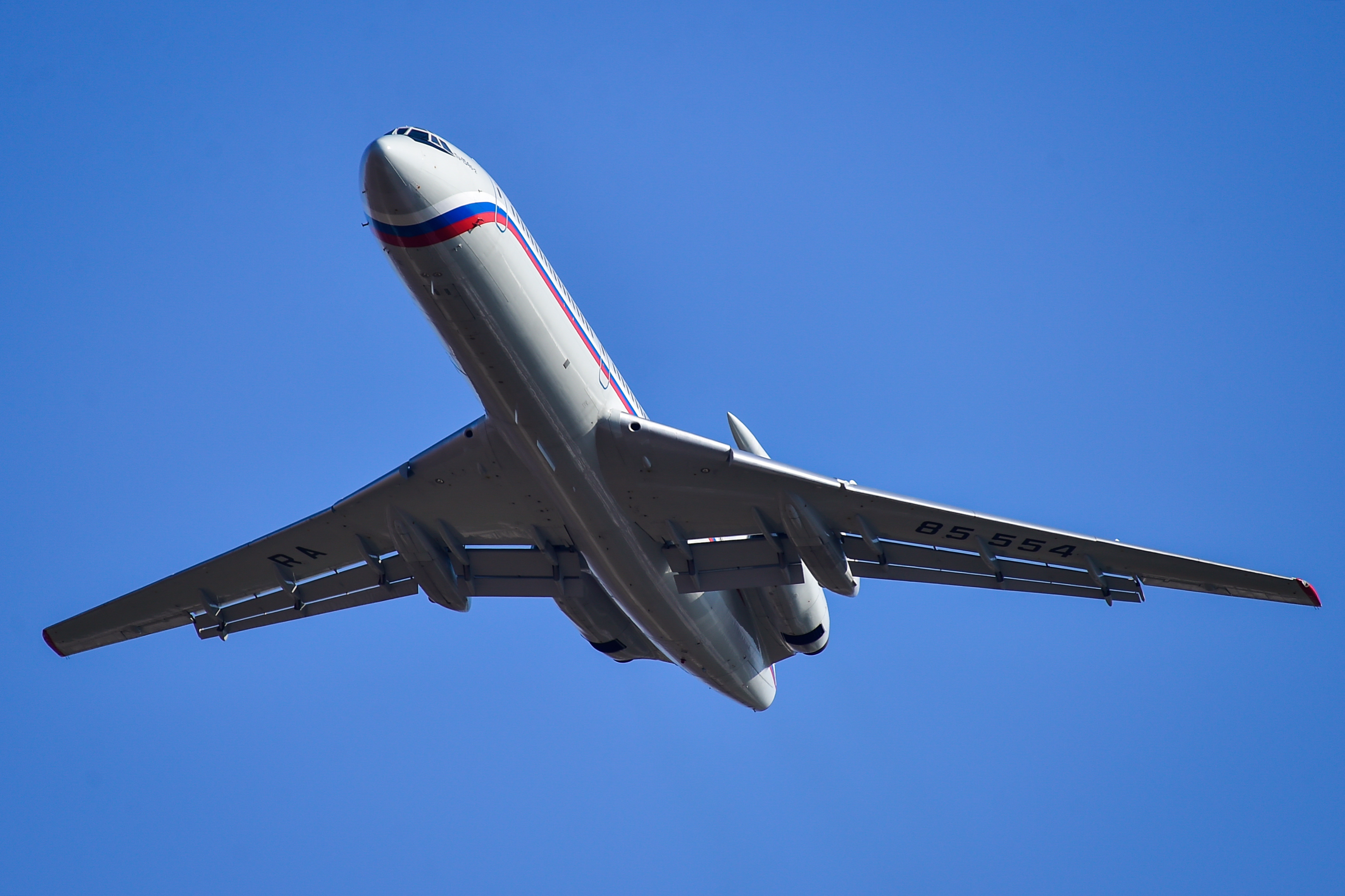Military Planes Chicago - CHICAGO (CBS) — The roar of the jets you hear downtown can only mean one thing: The Chicago Air and Water Show is back in full force for the first time since before the pandemic.
You've seen military jets circling the sky, but do you know the plane that fuels them?
Military Planes Chicago

CBS 2's Marisa Parra got the ride of a lifetime aboard the KC-135 Stratotanker, which is used to refuel other planes in the sky, allowing them to stay in the air for up to 9 hours longer.
Boeing C 17 Globemaster Iii
The Stratotanker is larger and perhaps less well-known than stars like the Blue Angels, but the KC-135 has a bigger job: serving as a hovering refueling station, essentially a gas pump in the sky.
"It's very tight and high precision, it's pins and needles every time you do this mission, but it's very rewarding," said Brian Allendorfer, Army Air Demonstration Team coordinator.
Allendorfer works at the Air and Water Show. His job is to get all the planes to Chicago and fly them, but he also worked on the KC-135. He is what you call a boom operator. What did he do Master Lieut. Paul Fuske of Romeville does now.
Using a controller, while lying on their stomachs, in very hot or very cold conditions, boom operators direct the fuel-filled connection from the back of the aircraft to other aircraft in the air.
Fighter Jet Intercepts Plane Flying To Nyc After Biden's Un Speech
"It's not really comfortable, but it was 1950s technology when this plane was made. So the ergonomics aren't the best, but we work with what we have," Allendorfer said.
The method of refueling looks a little different depending on the aircraft being refueled. Aircraft other than Navy fighter aircraft require maximum precision from the boom operator, who must guide the probe on the towed aircraft.
But Navy fighter jets are built differently than others, demanding more precision from a Navy fighter pilot; A long attachment from the back of the KC-135 must be installed on the ground prior to takeoff, known as a "drag".

During our flight, a Navy F-35 fighter jet was circling in mid-air when the two apparently slipped a tow (looks like a basket attached to a pipe) until they "hooked up."
Sweden Says Russian Plane Violated Its Airspace
They make it look easy, but it's a difficult mission, and it's even more difficult when flying over 15,000 feet at more than 300 miles per hour (they prefer higher altitudes because the air is calmer).
The flight was both a teaching moment and a reunion. Today, Posak, the boom operator, is flanked by two men in the back of the plane who once sat in his seat decades ago: Allendorfer and Parosa Kalba. Not only did she once break the local glass ceiling as a boom operator in Illinois, but she is married to none other than Rabbi Hunter, the voice of the Chicago Air and Water Show.
Moreover, Hunter himself flew those planes. If you don't already know, the world of aviation is a small world.
Surprisingly, the entire team consisted of Chicagoland women, preparing for a particularly meaningful Chicago air and water show. It was not only a chance to show off their skills, but a homecoming for Major Patrick Burke.
Watch: Chinese Jet Fighter Intercepts U.s. Spy Plane
The Schaumburg native's first time will fly the same program that once inspired him to become the pilot he is today.
Now when you see the remote jet fuel simulator on the ground, you will also know how it looks up close.
You can watch this weekend on Saturday and Sunday at 1:00 AM. North Avenue Beach. Some other good spots include Fullerton Beach and Navy Pier, where the planes land; Of course, Gary Airport, where they land and take off.

Marisa Parra is a regular assignment reporter for CBS2 Chicago. Among her specialties is shining a light on injustice, and she has a soft spot for stories that remind us of the good in humanity. The McDonnell Douglas/Boeing C-17 Globemaster III is a large military transport aircraft developed by McDonnell Douglas from the 1980s to the early 1990s for the United States Air Force (USAF). The C-17 is named after two earlier piston military cargo aircraft, the Douglas C-74 Globemaster and the Douglas C-124 Globemaster II.
Radio, Airplanes, And World Wars: Next Steps For The Profession Of Arms
The C-17 is based on the YC-15, a small prototype airframe designed in the 1970s. It was designed to replace the Lockheed C-141 Starlifter, and was also able to perform some of the duties of the Lockheed C-5 Galaxy. Compared to the YC-15, the redesigned airframe differed in that it had swept wings, was larger, and had a stronger fuselage. Development was delayed due to a series of design problems, and the company lost nearly $1.5 billion during the program's development phase. On September 15, 1991, almost a year behind schedule, the first C-17 made its maiden flight. The C-17 was officially withdrawn from USAF service on January 17, 1995. Boeing, which merged with McDonnell Douglas in 1997, continued to produce the C-17 for nearly two decades. The last C-17 was delivered on November 29, 2015 at the Long Beach and Flight Factory in California.
The C-17 routinely conducts tactical and strategic airlift, troop, and cargo operations around the world; Other duties include medical evacuation and air delivery. The transport is in service with the USAF with air arms in the India, United Kingdom, Australia, Canada, Qatar, United Arab Emirates, Kuwait and European-based Multirole Heavy Aircraft Division. The type played a key logistical role in both Operation Afghan Freedom and Operation Iraqi Freedom in Iraq, as well as providing humanitarian aid following various natural disasters, including the 2010 Haiti earthquake and the 2011 Sindh floods.
In the 1970s, the US Air Force began searching for a replacement for its Lockheed C-130 Hercules tactical cargo aircraft.
The Advanced Medium STOL Transport (AMST) competition was held with the Boeing YC-14 and McDonnell Douglas YC-15 on offer.
How Did World War Ii Era Planes End Up At The Bottom Of Lake Michigan?
Although both torrents exceeded the set requirements, AMST canceled the contest before a winner could be chosen. The USAF initiated the C-X program in November 1979 to develop a large, long-range AMST to augment its strategic air train.
By 1980, the USAF had a large number of older C-141 Starlifter cargo aircraft. Making matters worse, increased strategic capabilities were required to meet his high-speed flight requirements. The USAF established operational requirements and issued a Request for Proposals (RFP) for the C-X in October 1980. McDonnell Douglas chose to develop a new aircraft based on the YC-15. Boeing presented a larger three-gen version of its AMST YC-14. Lockheed offered a C-5 based design and a larger C-141 design. On August 28, 1981, McDonnell chose Douglas to build her proposal, known as C-17. Compared to the YC-15, the new aircraft differed in that it had swept wings, was larger and had stronger engines.
This allows the C-141 to do the job, and some of the Lockheed C-5 Galaxy's duties, freeing up the C-5 fleet for heavy lifting.

After the C-X competition, alternative bids were submitted to fill air train requirements. These are the consolidation of C-141A aircraft into C-141B aircraft, the ordering of additional C-5 aircraft, the continued purchase of KC-10 aircraft, and the expansion of the Civil Air Reserve fleet. Limited budgets reduced funding for the program, necessitating a four-year delay. During this period, contracts were awarded to complete preliminary design work and gin certification.
Over Dozen Russian Fighter Jets Land At Belbek Air Base In Occupied Crimea
Aircraft under development were criticized and questions were raised about more economical alternatives during this time.
The C-17's maiden flight took place on September 15, 1991, almost a year behind schedule from the McDonnell Douglas plant in Long Beach, California.
The first aircraft (T-1) and five additional production models (P1-P5) participated in extensive flight testing and evaluation at Edwards Air Force Base.
A static test of the C-17 wing in October 1992 resulted in failure at 128% of the design limit load, less than the 150% requirement. Both wings were fixed from back to front, and failures occurred in chords, ribs and ribs.
No Pilot Required: Boeing Unveils Autonomous Plane For Refueling Fighter Jets In Midair
About $100 million was dedicated to remodeling the wing building; In a second test in September 1993, the wings failed at 145%.
However, a review of the test data showed that the wings were not correctly loaded and the requirement was met.
In late 1993, the Department of Defense (DoD) gave the contractor two years to fix production problems and face cost overruns or contract termination after delivery of the 40th aircraft.

By accepting the terms in 1993, McDonnell Douglas lost nearly $1.5 billion during the program's development phase.
Pittsburgh Air Reserve Station > News > Open House > Aerial Events
In April 1994, the program was over budget and did not meet weight, fuel burn, payload, and range specifications. It failed several key criteria in airworthiness evaluation tests.
In May 1994, it was proposed to reduce production to only 32 aircraft. These cuts were later reversed.
A July 1994 Government Accountability Office (GAO) report revealed that USAF and DoD studies
Post A Comment:
0 comments so far,add yours